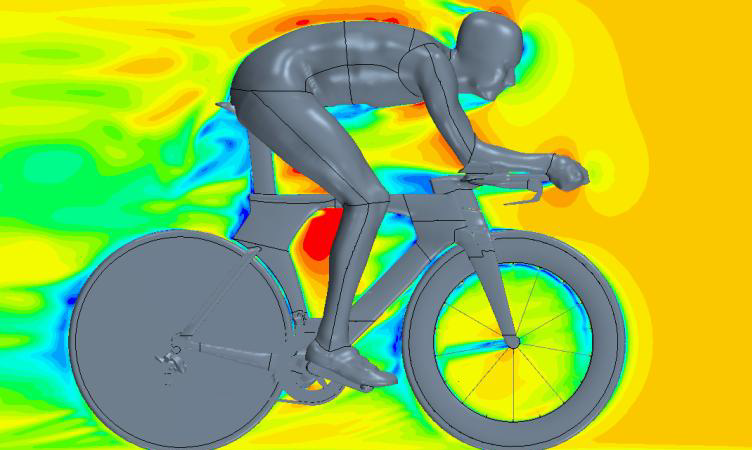chris948 wrote:
As far as bike weight, how exactly do I type in hundreds of slowing down and speeding up over even a 40k in analytic cycling?
With a standard forward integration model using the well established mathematical model of the physics of cycling, or something like Robert Chung's virtual elevation modelling.
Since you have a speed reading you know the change in speed, and we can reasonably assume mass doesn't change much from second to second, so for each second you can calculate the change in kinetic energy, which will be 0.5 x mass in kg x (change in speed in metres per second)^2. Power of course is that energy change divided by the duration over which it changes.
Then layer on that the maths for other energy demand factors such as air resistance, rolling resistance, along with changes in gravitational potential energy, and Robert's your father's brother, to coin a paraphrase.
When you do the numbers, you'll quickly realise the power demands for kinetic energy changes during time trial / relatively steady state cycling are very small.
The difference in power demand due to accelerating different masses at the same rate
= 0.5 x (velocity change in metres per second)^2 x (mass difference in kg) / (duration of acceleration in seconds)
e.g. accelerating 1mph in one second (e.g. as if you were going from 20 to 30 mph in 10 seconds), then the power difference of adding 2kg while achieving the same acceleration:
= 0.5 x (1/2.237)^2 x 2 / 1
= 0.2 watts more required to accelerate the 2kg heavier bike.
That fifth of a watt extra is a metabolic bummer. And that's a pretty strong acceleration during a TT, considering most changes in speed are due to variations in gradient and wind, not rider effort.
Let's go a bit more extreme, say 0 to 32mph in 10 seconds. Think track standing start, or a crit with a sharp u-turn.
What's the extra power demand of same acceleration with an extra 2kg on board?
20.5W
So unless your bike leg has lots of sharp U turns and the bike is seriously heavier, I don't think you need be concerned about the impact of accelerating extra mass. The energy demand factors are elsewhere.

